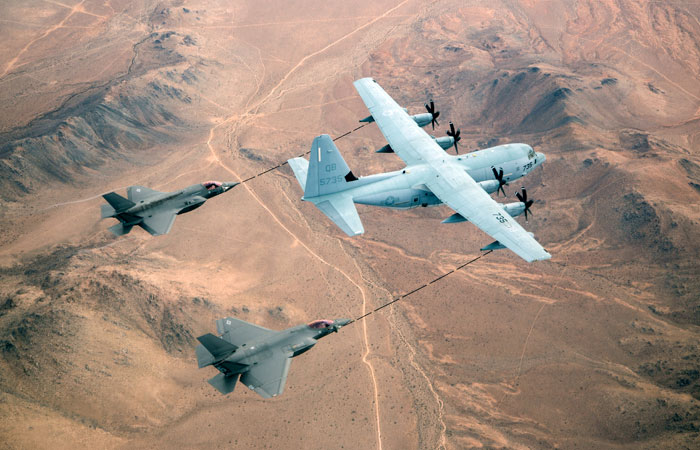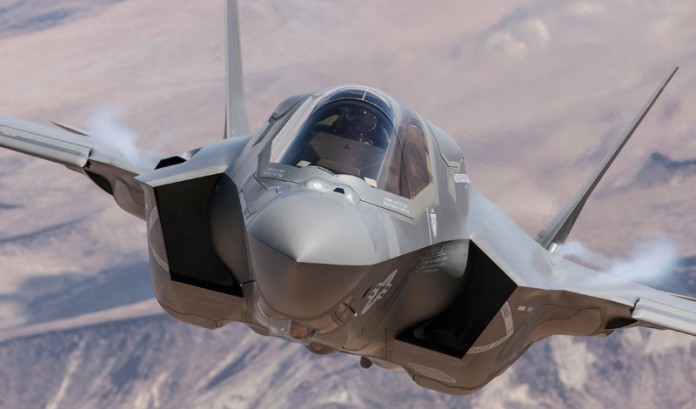A new U.S. Defense Department report warns that ongoing software, maintenance and reliability problems with Lockheed Martin Corp’s F-35 stealth fighter could delay the Marine Corps’ plans to start using its F-35 jets by mid-2015. Reuter reported today

The latest report by the Pentagon’s chief weapons tester, Michael Gilmore, forecast a possible 13-month delay in completing testing of the Block 2B software needed for the Marine Corps to clear the jets for initial combat use next year, a priority given the high cost of maintaining current aging warplanes. The report, due to be sent to Congress this week, said the aircraft is proving less reliable and harder to maintain than expected, and remains vulnerable to propellant fires sparked by missile strikes.
Gilmore: “Aircraft is proving less reliable and harder to maintain than expected, and remains vulnerable to propellant fires sparked by missile strikes”
Air Force Lieutenant General Chris Bogdan, the Pentagon’s F-35 program chief, said in a statement to Reuters that Gilmore’s report was factually accurate but did not reflect concerted efforts under way by his office. “The basic design of the F-35 is sound, and test results underscore our confidence in the ultimate performance that the United States and its international partners and allies value so highly,” Bogdan said, adding that he remained confident that the F-35’s initial combat capability would be ready in time for the U.S. Marine Corps next year. He cited a series of successful weapons tests done late last year. He said the program was about halfway through developmental testing after completing 1,153 flights and accomplishing more than 9,000 test objectives in 2013. “Of course, we recognize risks still exist in the program, but they are understood and manageable.” Bogdan added.

















